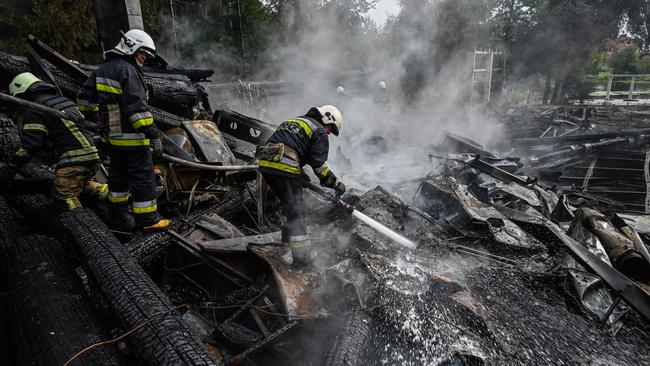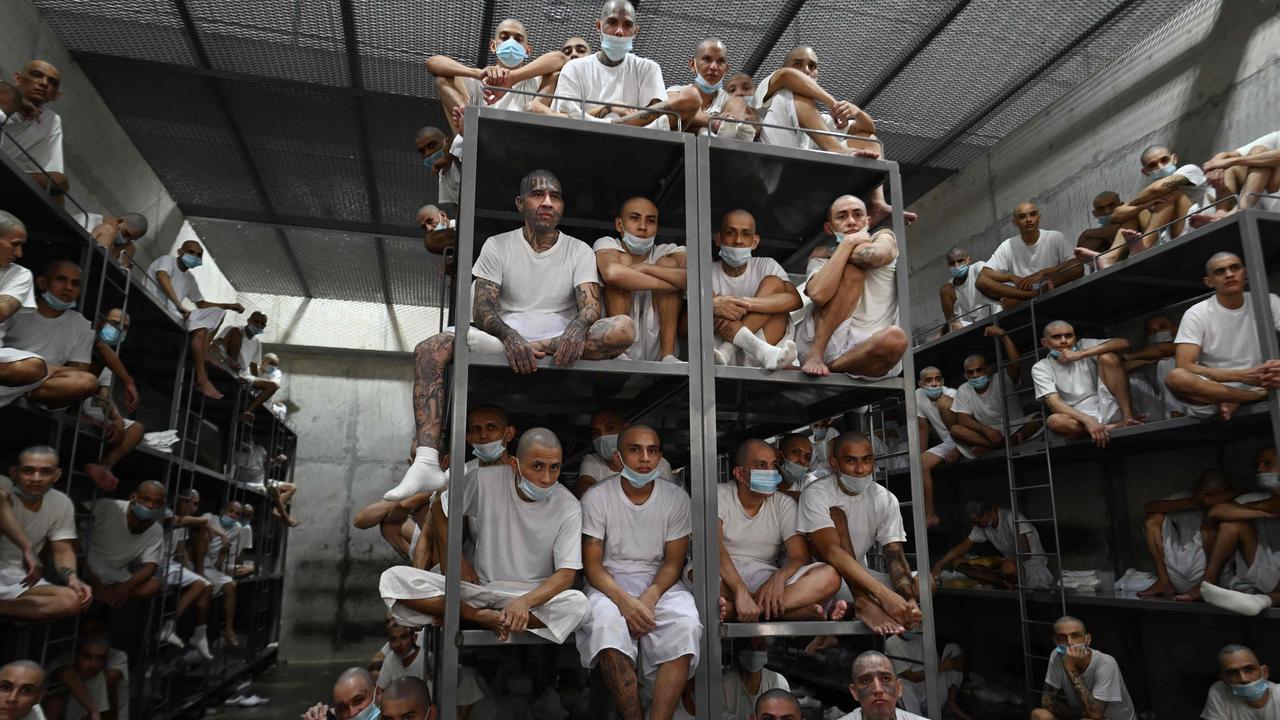Ukrainian troops advance on eastern and southern fronts
Officials give most-positive assessment of the battlefield in months but have cautioned advances will be gradual.

Ukraine President Volodymyr Zelensky and other officials said Ukrainian forces were advancing in the south and east, in Kyiv’s most positive assessment of the military picture in months.
“Ukrainian flags are returning where they belong by right,” Mr Zelensky told a meeting of security chiefs on Sunday.
Ukraine’s military indicated it had expanded a bridgehead across the Inhulets River in the country’s south, where it launched an offensive last week aimed at squeezing Russian forces out of territory they seized in the early days of their invasion.
Mr Zelensky said two villages had been liberated in the south, without naming them. Government officials posted photos of Ukrainian troops raising the country’s flag over a building in the village of Vysokopillya to the northeast of Kherson. “Step by step,” Andriy Yermak, a top presidential adviser, captioned the photo on Telegram.
The public acclamations of advances are a break with the first week of the southern offensive, launched last week amid great secrecy. They suggest an increasing confidence among Ukrainian officials that their plan to squeeze Russian forces from the western bank of the Dnipro River is working. Ukraine has used long-range artillery to target bridges across the river to cut the supplies of Russian troops.
Ukrainian forces had spent the northern summer slowly retreating from their country’s east in the face of Russian artillery and airstrikes that decimated cities. But Russian assaults there have faded in recent weeks amid exhaustion, a shortage of troops, and Ukrainian strikes on command posts and supply depots.
In his nightly address on Sunday, Mr Zelensky hailed other advances as well, including in the east, seizing a village and pushing Russian forces back from the city of Siversk.
Those gains indicate that Ukraine was seeking to exploit weak points exposed by Russia’s decision to send thousands of troops from the east to reinforce the south.
Still, Ukrainian officials caution that liberating occupied territories would be a slow process. Ukraine doesn’t have the armour and manpower to launch an overwhelming offensive, so it is seeking to wear down isolated Russian forces.
Lieutenant General Igor Konashenkov, a Russian Defence Ministry spokesman, described Ukraine’s southern offensive as unsuccessful.
General Konashenkov repeated almost daily claims that Russian forces had killed hundreds of Ukrainian troops and destroyed command posts, without providing any evidence.
Russian missiles continue to rain down daily on Ukrainian cities. In the south, the Ukrainian head of the Mykolaiv regional military administration, Vitaliy Kim, said strikes overnight had inflicted significant damage on medical facilities, a museum and educational institutions.
The northeastern city of Kharkiv was also hit, according to Mayor Ihor Terekhov.
Meanwhile, about 100 German soldiers arrived in Lithuania on Sunday, after Germany pledged to bolster its presence on NATO’s eastern flank following Russia’s invasion of Ukraine.
The troops drove off the ferry in the port city of Klaipeda. They were to make up the command unit of a new brigade, a group usually made up of about 4000 soldiers. “Our message to our allies here, on the eastern flank, is that we are committed to ensuring security,” said the brigade’s commander, Christian Nawrat.
The command unit would remain permanently in the Baltic nation, while combat units would join them for exercises, he added. A high-ranking member of the German military said the first drills could be held next month. Germany, which heads up a NATO battle group in Lithuania, already has about 1500 soldiers in Lithuania.
The formerly Soviet-ruled Baltic states of Estonia, Latvia and Lithuania, which are all now EU and NATO members, are worried they could be next if Russia defeats Ukraine.
The Wall Street Journal


